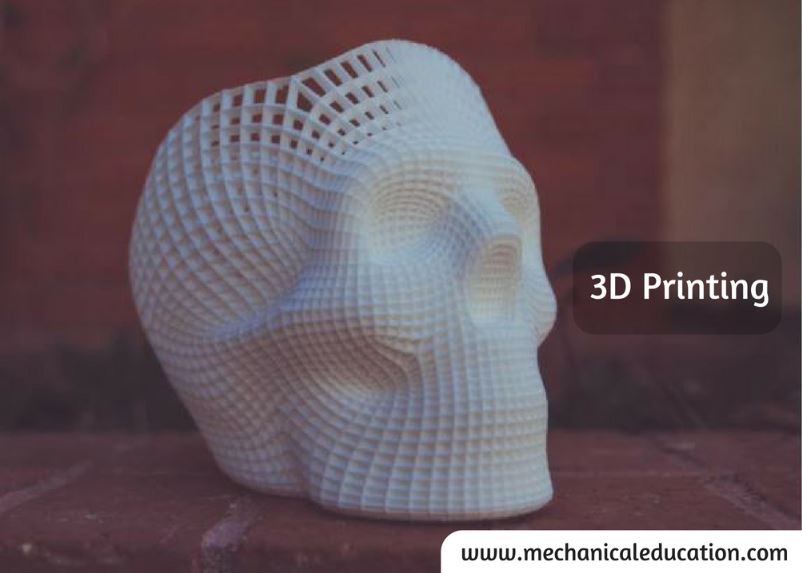Car owners have a number of options when it comes to protecting the paint on their vehicles. Two of the most popular options are Teflon coating and ceramic coating. In this guide, we’ll compare Teflon coating vs. ceramic coating on cars, looking at the pros and cons of each. We’ll also summarize the differences between the two in a table.
Table:
| Feature | Teflon Coating | Ceramic Coating |
| Protection | Offers moderate protection from minor scratches and UV rays | Provides high-level protection from minor scratches, UV rays, and chemical contaminants |
| Durability | Needs to be reapplied every 6 months to 1 year | Can last up to 2-3 years with proper maintenance |
| Gloss | Provides a moderate level of shine | Provides a high level of shine |
| Price | Relatively cheaper than ceramic coating | More expensive than Teflon coating |
Now, let’s take a closer look at each coating.
- Teflon Coating: Teflon coating is a chemical treatment that is applied to a car’s paint to provide a protective layer. Teflon coatings offer moderate protection from minor scratches and UV rays, but they do not provide the same level of protection as ceramic coatings. Teflon coatings need to be reapplied every 6 months to 1 year, which can add to the overall cost of maintenance. Teflon coatings also provide a moderate level of shine, but they do not provide the same high level of gloss as ceramic coatings. However, Teflon coatings are relatively cheaper than ceramic coatings, which may make them a more attractive option for some car owners.
- Ceramic Coating: Ceramic coatings are made from a liquid polymer that is applied to a car’s paint. When the coating dries, it creates a protective layer that provides high-level protection from minor scratches, UV rays, and chemical contaminants. Ceramic coatings are also highly durable and can last up to 2-3 years with proper maintenance. Ceramic coatings also provide a high level of gloss, which can make a car look brand new even after years of use. However, ceramic coatings are more expensive than Teflon coatings, which may make them a less attractive option for some car owners.
In summary, both Teflon coating and ceramic coating have their own pros and cons. Teflon coatings are relatively cheaper, but they do not provide the same level of protection and gloss as ceramic coatings. Ceramic coatings, on the other hand, are more expensive but provide high-level protection and a glossy finish. Ultimately, the choice between Teflon coating and ceramic coating will depend on the individual car owner’s needs, preferences, and budget.
Frequently Asked Questions
1. What is the primary difference between Teflon coating and ceramic coating for cars?
The main difference lies in the materials used. Teflon coating typically involves a polymer-based substance, while ceramic coating uses nanoparticles of ceramic or silica.
2. Which coating provides better protection against scratches and swirl marks?
Ceramic coating is generally more effective in providing resistance against scratches and swirl marks. The nanoparticles create a durable protective layer that enhances the paint’s hardness.
3. Does Teflon coating offer any advantages in terms of water and stain resistance?
Teflon coating can provide some level of water and stain resistance, but it may not be as effective as ceramic coating. Ceramic coating creates a hydrophobic surface, causing water to bead and roll off more easily.
4. How long does each coating typically last on a car’s surface?
Ceramic coating is known for its longevity and can last several years, often up to 2-5 years or more. Teflon coating may require more frequent reapplication, usually every 6-12 months.
5. Are both coatings effective in protecting the car’s paint from UV rays?
Yes, both Teflon and ceramic coatings offer UV protection to some extent. They help prevent the paint from fading or deteriorating due to prolonged sun exposure.
6. Can Teflon or ceramic coatings prevent water spots on the car’s surface?
Both coatings contribute to water repellency, which can reduce the likelihood of water spots. However, ceramic coatings are often more effective in creating a hydrophobic surface that makes it harder for water spots to form.
7. Do these coatings eliminate the need for regular car washing?
While Teflon and ceramic coatings make washing easier and can reduce the frequency, regular maintenance is still recommended. Bird droppings, tree sap, and other contaminants should be promptly removed to prevent potential damage.
8. Which coating provides better protection against environmental contaminants?
Ceramic coating is generally more effective against environmental contaminants due to its hardness and chemical resistance. It forms a protective layer that shields the paint from pollutants, bird droppings, and tree sap.
9. Can Teflon or ceramic coatings be applied to any type or color of car paint?
Both coatings are versatile and can be applied to various types and colors of car paint. However, the effectiveness may vary, and some coatings are specifically formulated for certain paint types or colors.
10. Are there any downsides or cons to using Teflon or ceramic coatings?
Teflon coatings may require more frequent reapplication, and their effectiveness in certain areas, such as scratch resistance, may be limited. Ceramic coatings can be more expensive, and professional application is often recommended for optimal results. Additionally, both coatings should be applied to a clean and properly prepared surface for best performance.




